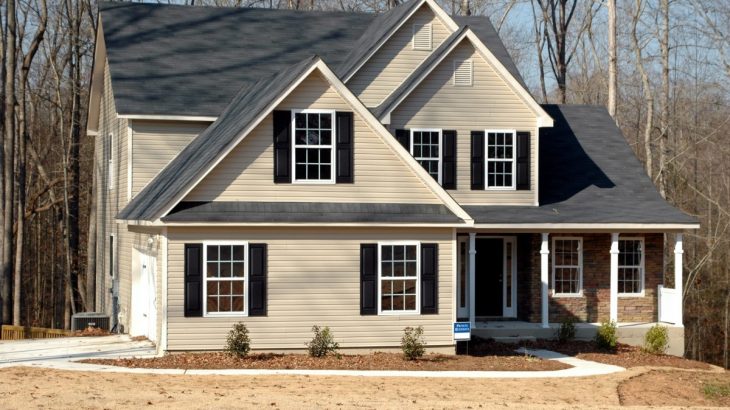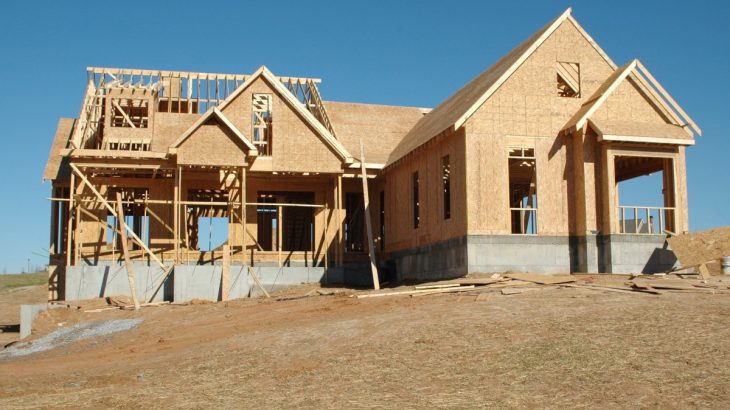In the realm of home construction, the choice of framing material is a foundational decision that significantly influences the durability, aesthetics, and environmental impact of a house. Wood framing, a traditional yet enduring option, continues to be a preferred choice for many homeowners and building professionals alike. Let’s delve into the distinct advantages that wood framing brings to the table, shaping not just structures but the very essence of a timeless home.
Structural Integrity: The Backbone of a Resilient Home
Natural Strength of Wood:
Wood, known for its inherent strength and flexibility, forms the backbone of structurally sound homes. The natural strength-to-weight ratio of wood allows for the creation of robust frames capable of withstanding various environmental forces, from wind loads to seismic activity.
Engineered Wood Products: Enhancing Structural Performance
- Laminated Veneer Lumber (LVL) and Glulam Beams:
Modern wood framing extends beyond traditional lumber. Engineered wood products, such as LVL and glulam beams, offer enhanced structural performance. LVL provides consistent strength, while glulam beams excel in supporting large spans, contributing to the versatility of wood framing.
- Advanced Fastening Systems:
Wood framing incorporates advanced fastening systems that ensure a secure and durable connection between framing members. This attention to detail contributes to the overall structural integrity of a wood-framed house.
Energy Efficiency: Embracing Sustainable Design
Natural Insulation Properties:
Wood framing provides inherent insulation, reducing the reliance on additional insulation materials. Wood’s natural insulating properties contribute to energy efficiency, helping regulate indoor temperatures and reduce heating and cooling costs.
Carbon Sequestration: A Green Building Material
- Environmental Benefits of Wood:
Wood framing promotes sustainability by sequestering carbon. As trees grow, they absorb carbon dioxide from the atmosphere. Incorporating wood into construction retains this carbon, mitigating the environmental impact associated with traditional building materials.
- Renewable Resource:
Wood is a renewable resource, with responsible forestry practices ensuring a continuous and sustainable supply. Choosing wood framing aligns with environmentally conscious building practices, fostering a greener approach to construction.
Design Versatility: Tailoring Homes to Individual Tastes
Architectural Flexibility:
Wood framing offers unparalleled design flexibility, allowing architects and builders to realize diverse architectural visions. From traditional to modern aesthetics, wood can be adapted to suit various styles, making it a versatile choice for crafting homes that resonate with individual tastes.
Customization and Ornamental Details:

- Incorporating Ornamental Features:
Wood allows for the incorporation of ornamental details that add character to a home. From intricate trim work to decorative beams, wood framing enables builders to infuse personalized touches, creating homes with unique charm.
- Adaptable for Renovations:
Wood-framed homes are inherently adaptable to renovations. Whether expanding living spaces or incorporating new design elements, wood framing facilitates modifications without compromising structural integrity.
Ease of Construction: Streamlining the Building Process
Efficient Construction Timelines:
Wood framing contributes to efficient construction timelines. The familiarity of builders with wood framing techniques, coupled with the availability of prefabricated wood components, streamlines the construction process, reducing overall project timelines.
Lightweight Construction:
- Ease of Handling and Installation:
Wood’s lightweight nature simplifies handling and installation. This characteristic not only facilitates the construction process but also reduces the need for heavy equipment, contributing to a more efficient and cost-effective building experience.
- Minimizing Construction Waste:
Wood framing minimizes construction waste due to its precision in manufacturing and ease of on-site customization. This eco-friendly aspect aligns with contemporary construction practices that prioritize sustainability.
Cost-Effectiveness: Balancing Budgets Without Compromising Quality
Affordability of Wood Framing:
Wood framing remains a cost-effective option in residential construction. The abundance of wood resources, coupled with the efficiency of construction, makes wood framing a financially viable choice for homeowners and building professionals.
Reduced Labor Costs:
- Efficient Construction Processes:
Wood’s ease of construction contributes to reduced labor costs. The efficiency in framing and the familiarity of builders with wood construction techniques result in optimized labor expenses, ensuring a balanced budget for the entire project.
- Long-Term Economic Benefits:
Investing in wood framing provides long-term economic benefits. The structural durability of wood ensures that maintenance costs remain manageable, contributing to the overall cost-effectiveness of a wood-framed home.
Nurturing a Legacy of Timeless Homes with Wood Framing
In conclusion, the benefits of wood framing extend far beyond structural considerations. Wood framing encapsulates a holistic approach to home construction, blending strength, sustainability, design versatility, and cost-effectiveness. By choosing wood framing, homeowners and building professionals alike contribute to the creation of homes that stand the test of time, embodying the essence of timeless and enduring architecture.



















